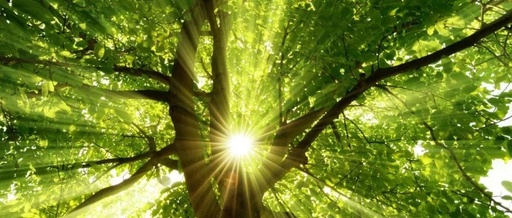This
section
audio
transcript
Click here to listen to the audio lesson↑
You can also click here☟ to listen on Ximalaya
Ximalaya – Lectures by Zhang Xi-Chun
Case
Study
Original Text
“Medical Records of Traditional Chinese Medicine and Western Medicine” · Di Huang Jie
Also treated a woman from the neighboring village of Bozhuang, who was inherently weak and had contracted a warm disease for five to six days, suffering from severe phlegm and wheezing. I prescribed the Xiao Qing Long Decoction with gypsum from the “Jin Gui” (Jin Gui Yao Lue), which immediately alleviated her wheezing. At around 8 PM, she had a stable night, but by the early morning, her wheezing returned, and she appeared disoriented and anxious. Upon re-examining her pulse, it felt like floating silk on water, and upon pressure, it disappeared, indicating a critical state of qi deficiency. I urgently prescribed four taels of Shu Di Huang (Rehmannia Root), one tael of Sheng Shan Yao (Raw Chinese Yam), and five qian of Ye Tai Shen (Wild Codonopsis). However, the local pharmacy had run out of Ye Tai Shen and other ginsengs, so I decided to use only Shu Di Huang and Sheng Shan Yao, decocting them. She took three doses in one day, totaling twelve taels of Shu Di Huang, and her condition improved (this condition should ideally be treated with the San Qi Yi Juan Decoction, which emphasizes the use of Shan Yu Rou (Cornus Fruit) in two taels, but this formula had not yet been devised at that time). If there had been Ye Tai Shen available, the efficacy might have been even quicker, but after recovery, the restorative effect would have been attributed to Ye Tai Shen.
Text
Version
Original
Text
Hello everyone, today we continue discussing how Zhang Xi-Chun utilized Shu Di Huang.
Shu Di Huang and Sheng Shan Yao are both local medicinal materials produced in Wenxian, Jiaozuo, Henan. These two herbs are indeed a perfect match. Wenxian, in ancient times known as Huaiqing Prefecture, is famous for four local medicinal materials known as the Four Great Huai Herbs, which hold significant weight in Traditional Chinese Medicine. The Four Great Huai Herbs are: Huai Shan Yao (Huai Yam), Di Huang (Rehmannia), Ju Hua (Chrysanthemum), and Niu Xi (Achyranthes). Shan Yao and Di Huang are two of the main players, and the following case discusses the combination of these two herbs.
When Zhang Xi-Chun was in his hometown, there was a woman surnamed Gao from the neighboring village of Bozhuang, who was particularly weak, “inherently frail” and had contracted an external warm disease with heat symptoms. After five or six days, she experienced “severe phlegm and wheezing,” which is a cough with wheezing, indicating a severe asthmatic condition. This should be referred to as cough and wheezing, as she was in a dire state.
Zhang Xi-Chun was called to treat her, and he prescribed the Xiao Qing Long Decoction with gypsum from the “Jin Gui” (Jin Gui Yao Lue). This prescription immediately alleviated her wheezing, as the Xiao Qing Long Decoction mobilizes kidney qi to combat pathogens. We know that sometimes, using Xiao Qing Long for individuals with insufficient kidney qi can help mobilize the essence to resist pathogens. If a person has sufficient kidney qi, they may not have issues, but if their kidney essence is deficient, they will soon experience complications, as the body will react.
You can see that this patient, after the treatment, had her wheezing stop, and by around 8 PM, she was able to sleep soundly, “having a stable night.” However, by morning, her wheezing suddenly recurred, and she appeared “disoriented and anxious,” feeling something was wrong, as if her heart was racing. Upon re-examining her pulse, it felt “like floating silk on water,” indicating a weak and floating pulse. Upon pressure, it disappeared, and “it was indistinguishable in number,” meaning the pulse was racing without a clear count. What does this indicate? It shows that her righteous qi was about to escape, and she was in a critical state.
What to do at this point? Zhang Xi-Chun quickly prescribed a remedy. He recognized the problem and prescribed four taels of Shu Di Huang to greatly tonify kidney essence. He also included one tael of dried Shan Yao slices. Notice how Shu Di Huang is paired with Shan Yao. He intended to use Ye Tai Shen, which is wild Codonopsis, but after searching the pharmacy, he found none available.
Zhang Xi-Chun decided to use only Shu Di Huang and dried Shan Yao, quickly decocting these two herbs. “She took three doses in one day,” totaling twelve taels of Shu Di Huang. This is a significant amount. The combination of these herbs serves to tonify the spleen and kidney; one greatly tonifies kidney essence, while the other supports the spleen. As a result, “her condition improved,” and after consuming the twelve taels of Shu Di Huang, the patient fully recovered. This demonstrates the powerful ability of Shu Di Huang to replenish kidney essence, quickly restoring her righteous qi.
This method was commonly used in ancient times; for instance, Fu Qingzhu often used Shu Di Huang, and we often use it in doses exceeding 90 grams. Why? Because a large quantity can quickly replenish the essence, allowing the person to recover. This is our experience.
In fact, Shu Di Huang is not very potent in small doses; I typically use it in doses of 50 grams or more, often exceeding 60 grams. The well-known formula we use today, Liu Wei Di Huang Wan (Six-Ingredient Rehmannia Pill), primarily consists of Shu Di Huang, combined with Shan Yao and Shan Yu Rou to tonify the liver, spleen, and kidney, along with some herbs for drainage, totaling six ingredients. The most significant component, which constitutes the majority of the formula, is Shu Di Huang. Therefore, Shu Di Huang is a particularly important herb for tonifying kidney essence, especially in critical situations where kidney essence is deficient.
From this case, it is evident that Zhang Xi-Chun was well-read in ancient texts. If one does not study ancient literature, they would not know that Shu Di Huang can be used in such large quantities. Zhang Xi-Chun must have gained insights from reading ancient texts, which allowed him to successfully treat this patient at a young age.
He wrote a note after this formula, stating that this condition should be treated with the Lai Fu Decoction, which I had not yet created at that time. The Lai Fu Decoction includes: Shan Yu Rou in two taels, along with some dragon bone and oyster shell. Although Zhang Xi-Chun mentioned this, I believe that the existence of this method is reasonable; it may be effective, but it may not have such rapid results. He managed to treat this severe condition in one day, indicating that this approach was reasonable, and using Shu Di Huang with some dried Shan Yao was appropriate.
Everyone, remember this combination: Shu Di Huang paired with dried Shan Yao can greatly tonify the spleen and kidney, supporting the righteous qi. This method is very effective for those with kidney deficiency and insufficient kidney essence.
Today, we will conclude our discussion here. Tomorrow, I will detail how to use the combination of Shu Di Huang and Shan Yao to tonify our spleen and kidney.
Friends, that’s all for today. Thank you all, and goodbye.
Last
Session
Review
What is Di Huang? | Zhang Xi-Chun’s Audio Transcript (← Click to read)
Audio Text ◎ Luo Da-Lun | Editor ◎ Zi Ye
Dr. Luo’s official WeChat account has the following four, please long press the QR code to identify and follow! All others are imitations, please do not be deceived!
Dr. Luo’s Channel
WeChat ID:
luodalunpd
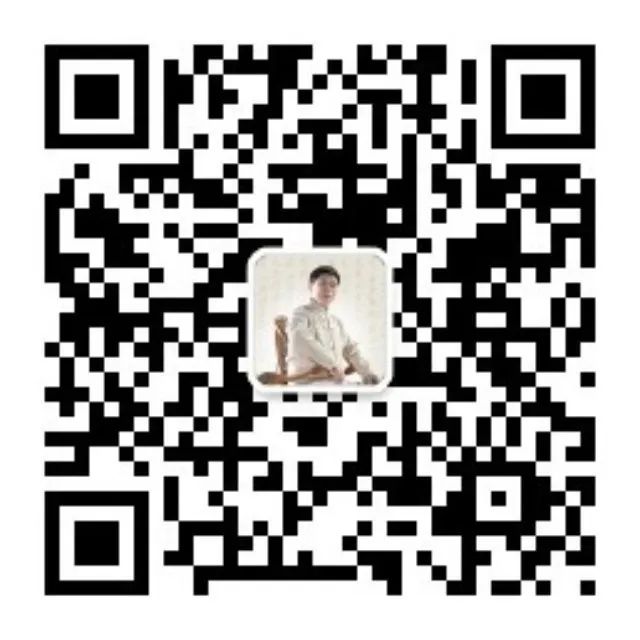
Da-Lun Academy
WeChat ID:
Dalun_sy
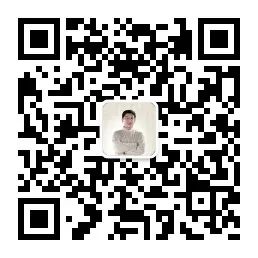
Da-Lun Parenting Talk
WeChat ID:
dalun_yes

Dr. Luo Da-Lun
WeChat ID:
Drluodalun
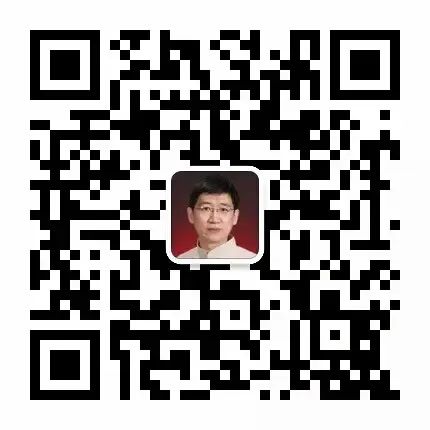
1. The copyright of original articles in this public account belongs to this account. If you need to reprint, please leave a message to the editor and indicate the source. Commercial use is prohibited.
2. The articles reproduced in this public account are for learning and communication purposes only and fall within the scope of fair use. If there are errors in the attribution of images, data sources, or text copyright, please inform the editor, and they will correct or delete it immediately.
3. This public account holds the portrait rights of Dr. Luo Da-Lun. Unauthorized use will be pursued legally.
4. This public account is legally supported by Beijing Zhongzhe (Shenyang) Law Firm, and will pursue legal responsibility for any unauthorized reprints, commercial use, and refusal to delete posts after warnings.
The cover image is authorized for use by Baotu Network, please do not plagiarize for commercial use.
The copyright of this column belongs to “Da-Lun Academy,” sharing and reprinting are welcome~
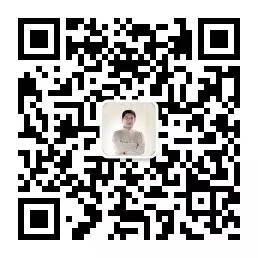
Da-Lun Academy
WeChat ID: Dalun_sy
Traditional Chinese Medicine | National Studies | Heart Nurturing
Click to read the original text and listen on Ximalaya

